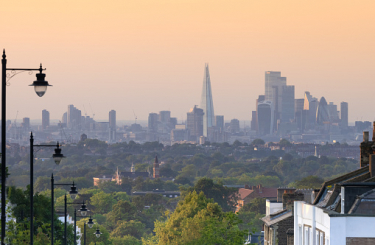Related

In May 2022, local elections took place across London, with parties making a number of pledges to support London’s communities in the next four years. Since then, we have been mapping out what issues were prioritised by the successful parties at a borough-wide level. The mapping includes areas we know are important to members – from the climate crisis, children and young people to housing, domestic violence, and the cost-of-living crisis.
This top-level analysis helps us build a picture of the areas seen as important for political action and explore what this may mean for the wider funding landscape and opportunities to act on the issues that will be high on the agenda for the next four years.
Manifestos analysed
Themes relevant for funders
Manifestos committed to tackling housing
At the 2022 local government elections on 5th May 2022, councillor seats across the 32 boroughs were up for election, along with directly elected mayors in Hackney, Lewisham, Newham, Tower Hamlets and, for the first time, Croydon.
Labour gained majority control of three councils (Barnet, Wandsworth and Westminster) but the overall number of councils controlled by them did not change (21). They lost both the mayoralty and control of the council in Tower Hamlets to the Aspire Party.
The Conservatives won control of Harrow from Labour and won the Croydon mayoralty (although the composition of Croydon council moved to no overall control). As with all directly elected mayoralties in the London Boroughs, the Mayor leads the council and appoints their cabinet.
The Liberal Democrats retained control of three councils, Kingston upon Thames, Richmond upon Thames and Sutton.
For this mapping exercise, we reviewed and analysed all manifestos and the ‘pledges’ of what the successful parties hope to achieve over the next cycle of government.
The graphs below show the themes upon which the parties were elected, indicating which issues are high on the agenda of boroughs across London. It also enables us to explore the pan-London picture, seeing both the issues identified as priorities for councils as well as potential gaps.
To read more about the approach and findings, explore the interactive graphs below as well as the slide pack here. You can also read more analysis from our Associate Director (Research), Christopher French here.
